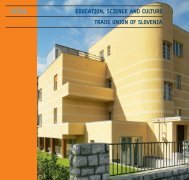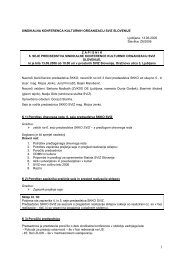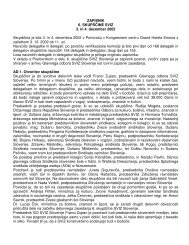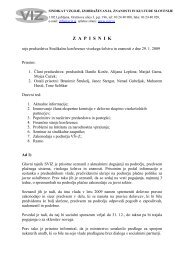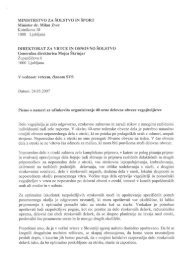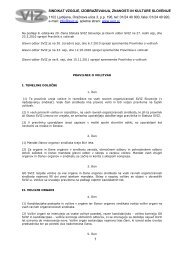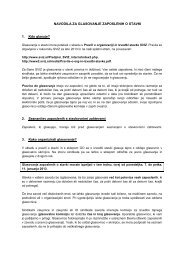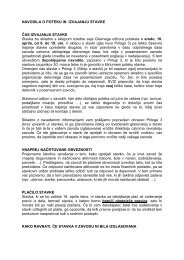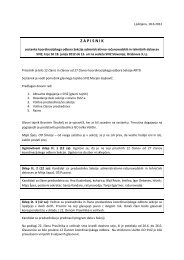Create successful ePaper yourself
Turn your PDF publications into a flip-book with our unique Google optimized e-Paper software.
the first time with the absence of his father in Mannheim than to composing.<br />
It was in Mannheim that he fell in love with Aloysia Weber, whom he even<br />
wanted to take to Italy to establish as a prima donna. Of course, the plan was<br />
never realised; in a letter Leopold accused Wolfgang of being irresponsible<br />
and disloyal to the family.<br />
The Quartet for flute and strings K 285 was the only of the flute quartets that<br />
Mozart managed to bring to its final form; the other two quartets have only<br />
two movements. In all of the movements the foreground is taken by the solo<br />
instrument – the flute. With its rich melodies the Allegro is one of Mozart’s<br />
most thoughtful works, while the most popular movement is the Andante,<br />
a melancholy serenade for the flute in B Minor. The quartet is concluded<br />
with a lively Rondo.<br />
PROGRAM / PROGRAM<br />
Centenarian Elliott Carter is regarded as the greatest living American composer,<br />
an artist who has experienced and outlived two generations of American<br />
composers. As a teenager he was most influenced by Charles Ives, then<br />
while studying at Harvard he also pursued a music education at the Longy<br />
School. Between 1932 in 1935, he studied with Nadia Boulanger in Paris,<br />
focusing his attention on strict counterpoint. On his return to the USA, Carter<br />
settled in New York and began his long career as a professor; he taught at<br />
the leading American universities and colleges, for which he wrote choral<br />
works. After his first neoclassical instrumental works he distanced himself<br />
from neoclassicism and eagerly set about finding other means of musical<br />
expression. In the 1950s, he tested his contrapuntal knowledge primarily in<br />
the area of rhythm, and in the 1960s his compositions became ever more<br />
fragmentary. A synthesis of the European and the American came increasingly<br />
to the fore. On moving to London in 1981 Carter entered a new creative<br />
period. The antagonisms of the earlier periods finally resolved themselves and<br />
the composer received numerous awards and prizes for his work (including<br />
twice being awarded the Pulitzer Prize). Carter is the loner of the American<br />
composing scene and never attached himself to any group or school.<br />
Scrivo in vento for solo flute from 1991 is one of the most subtle of Carter’s<br />
works for solo instrument. It is dedicated to flutist Robert Aitken, who premiered<br />
the work in 1991 in Avignon. It was there that Francesco Petrarch lived<br />
from 1326 to 1353, to whom the composition owes its title: ‘scrivo in vento’<br />
are the words that conclude the first quarto of sonnets Beato in sogno et di<br />
languir contento, in which the poet describes his longing for an unachievable<br />
love – predestined to be unrealised, his love for Laura is built in the sand and<br />
written in the wind. With its fragile and fragmentary music, the flute follows<br />
the poet’s fleeting and even contradictory emotions.<br />
76<br />
In the Haydn year at the Maribor Festival we will hear Symphony No. 1 by<br />
the ‘father of the symphony’, and we will also hear the last symphony, with<br />
the venerable number 104. Between composing his first and last symphonies<br />
Haydn trod a long life and compositional path, where the symphony developed<br />
from a predominantly light genre into the ambitious form that we today



